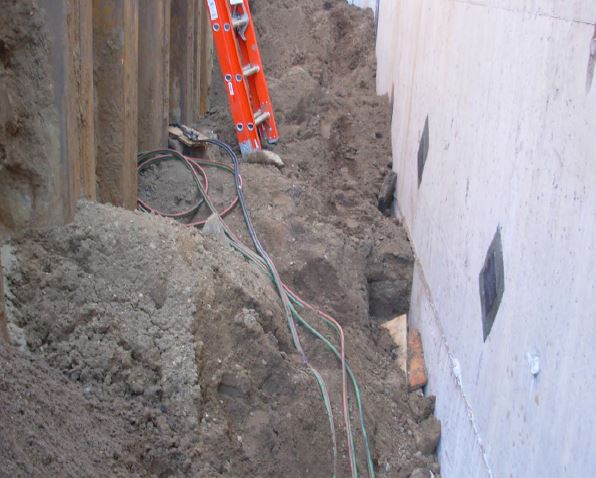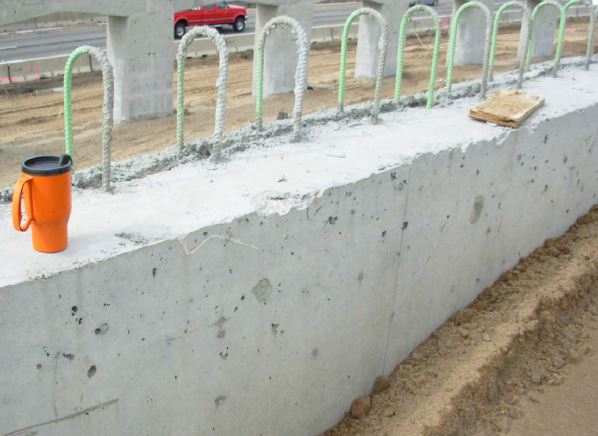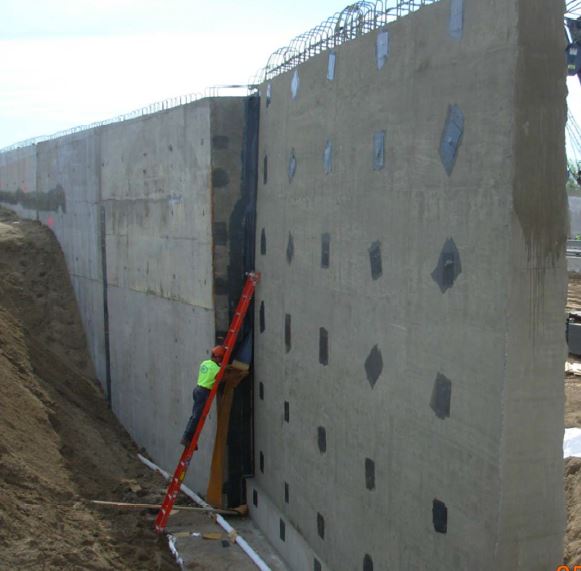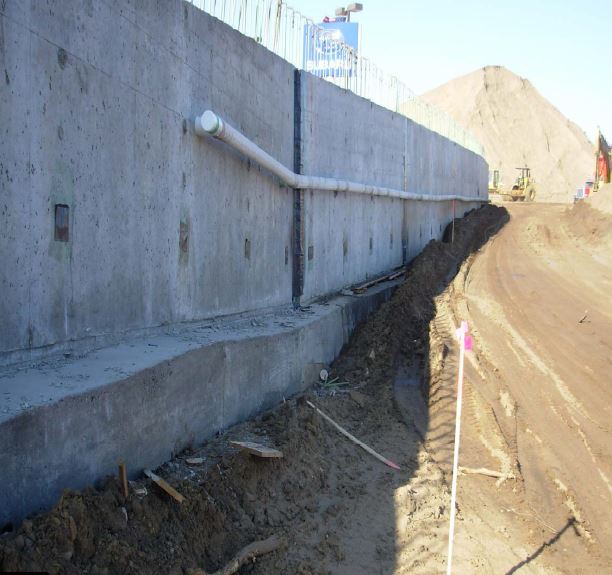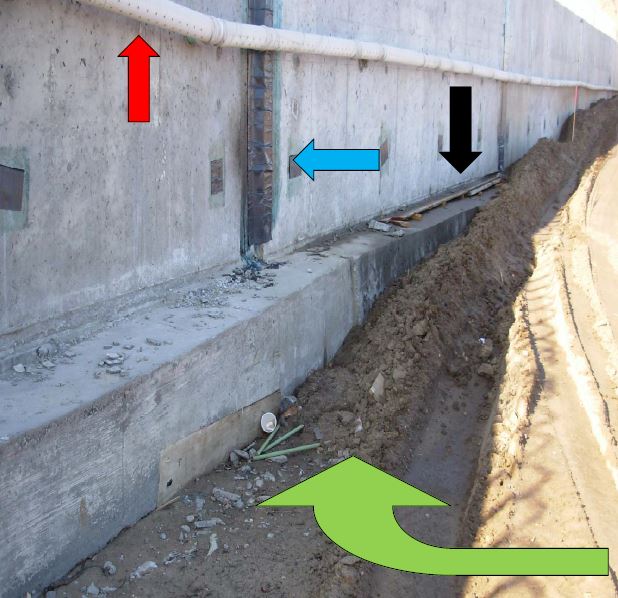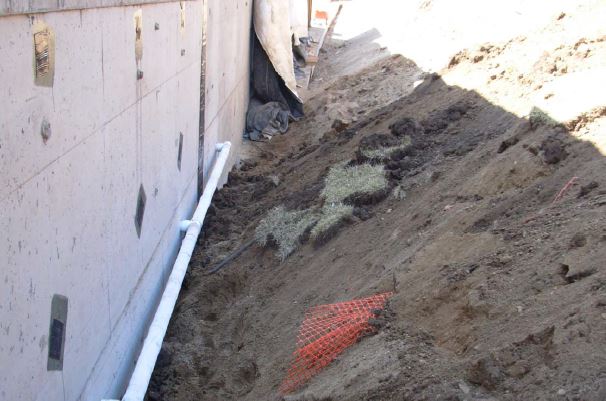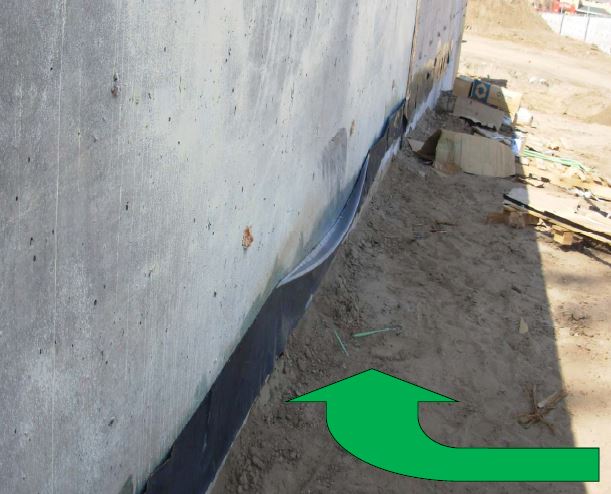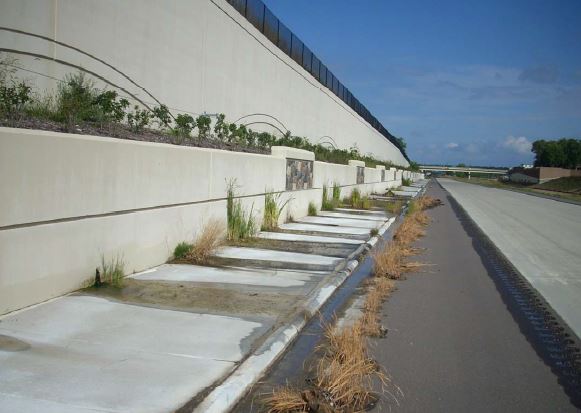Do It Right! Lessons from the field not to be repeated
Backfill
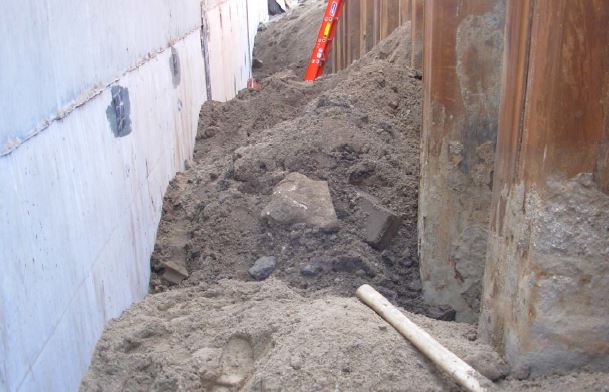
- Structures are to be backfilled with clean sand, not oversize rocks, bricks and construction debris.
- A one-foot maximum lift is allowed when
using a vibratory roller . . . but here, only a plate tamper is available, so they will need
compact and water every 6” lift.

